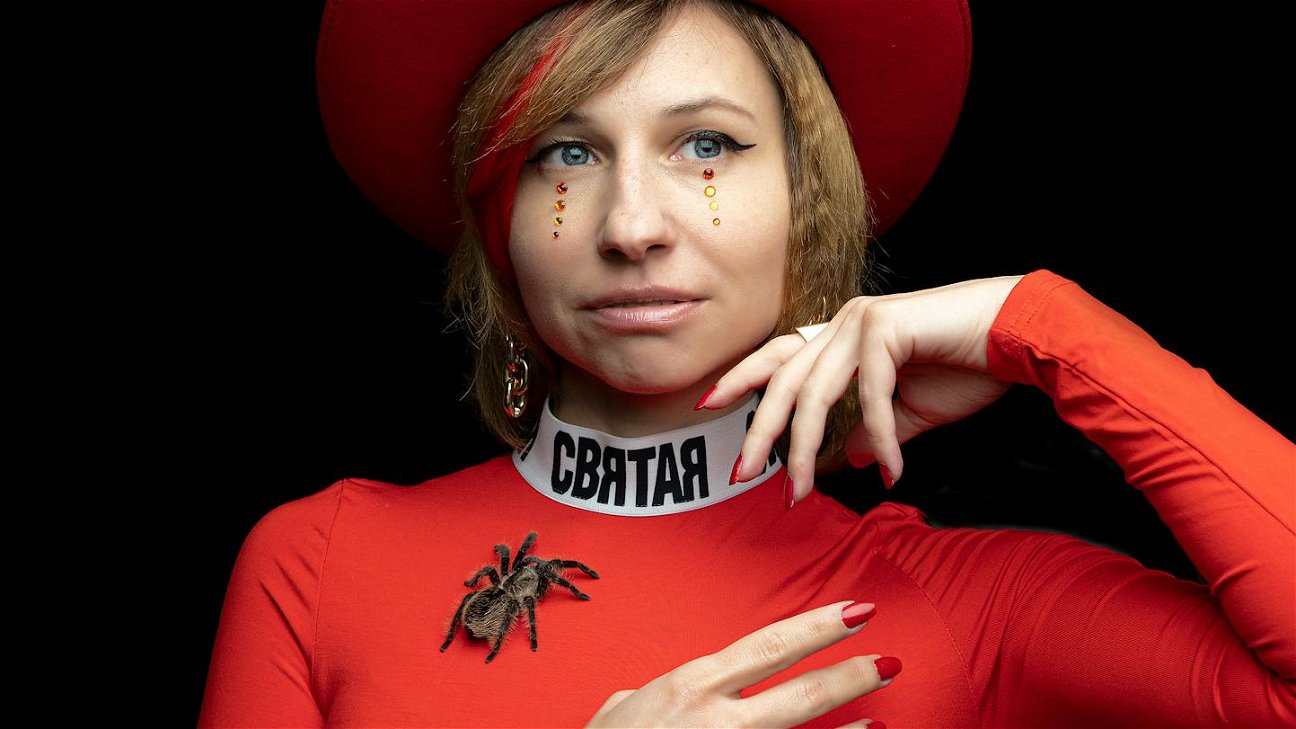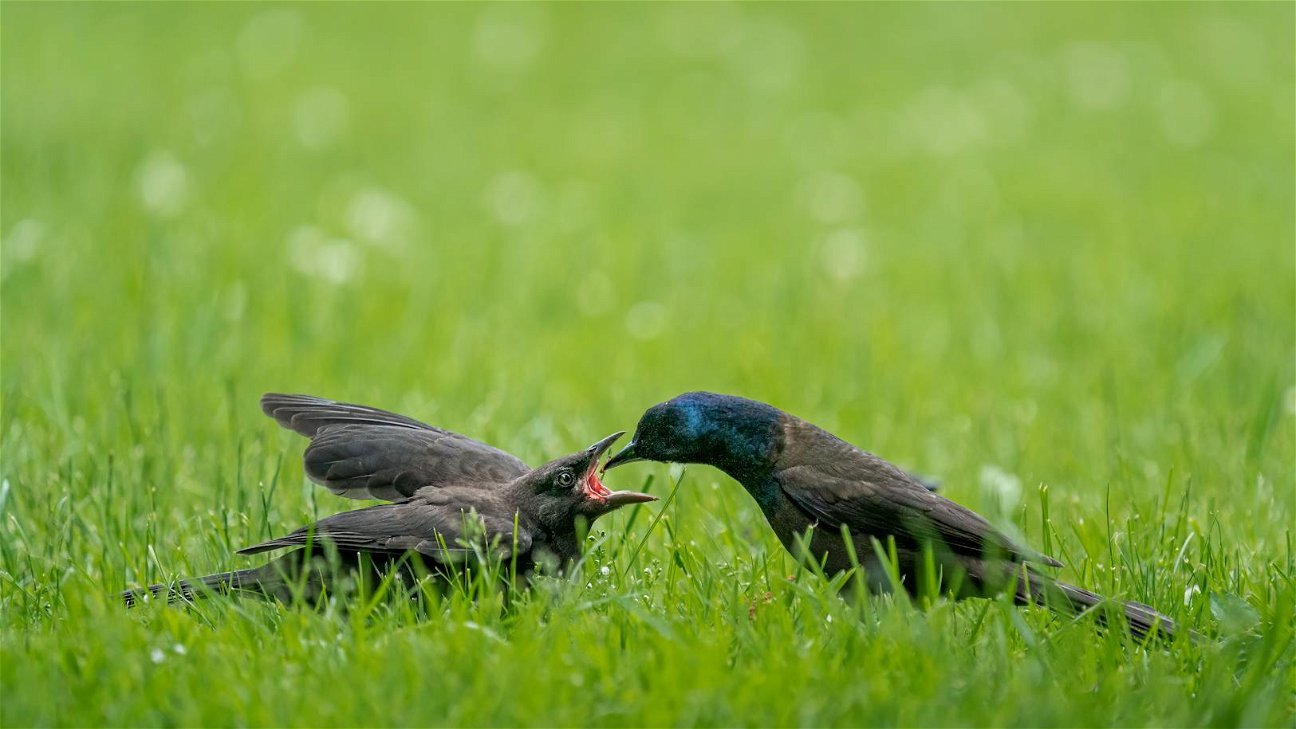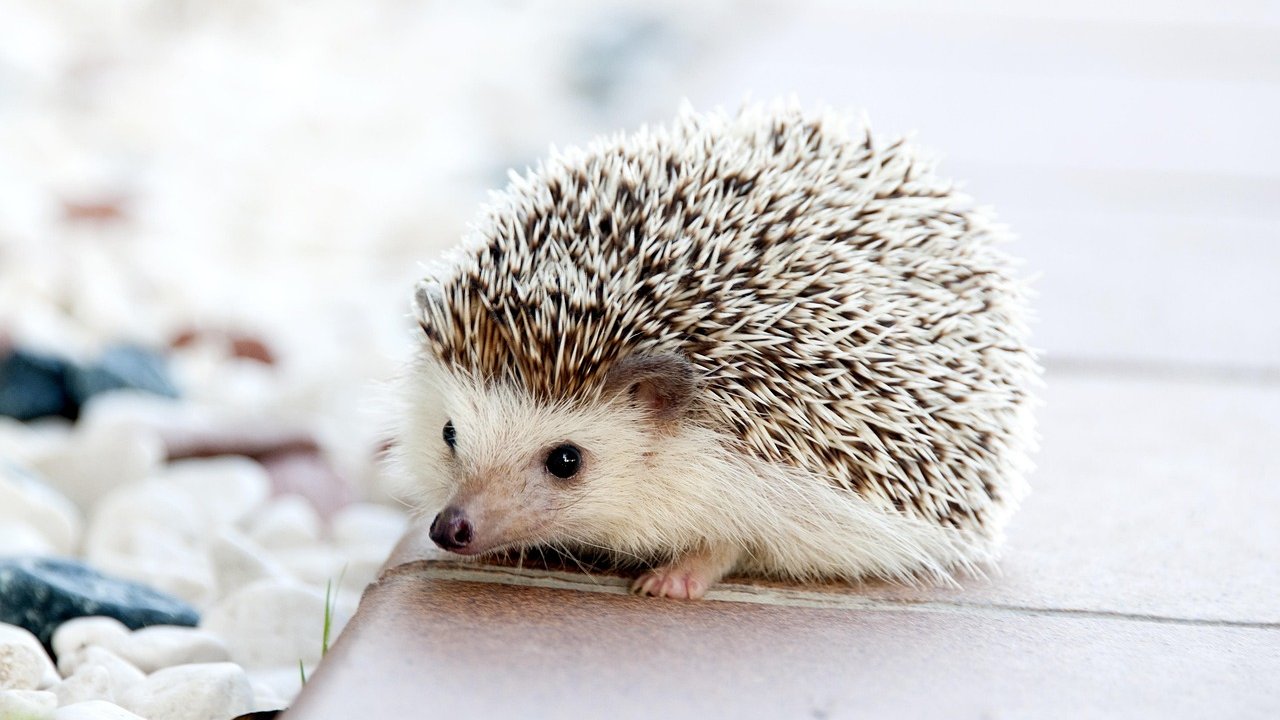
Have you ever watched your pet dog or cat twitching and whimpering in their sleep and wondered, 'Are they dreaming?' Turns out, they most likely are! The world of pet dreams is a fascinating area of study in animal psychology, and it's one we're going to dive into right now.
Do pets dream?
First things first, yes, pets do dream. They experience REM (Rapid Eye Movement) sleep, much like humans do, which is the stage of sleep most associated with dreaming. Research has shown that all mammals experience REM sleep, so it's highly probable that your pet dreams regularly.
What do pets dream about?
The exact content of pet dreams is something we can never be completely certain about. However, research suggests that pets, like humans, probably dream about the events of their day. So if your dog spent the day chasing squirrels, it's likely that they're replaying that chase in their dreams.
Dreaming patterns in pets
Dreaming patterns in pets, much like in humans, vary based on a number of factors. These can include age, breed and even the individual pet's personality. Younger pets tend to dream more frequently than older ones, and breeds with higher brain activity may have more complex dreams. Active pets are also likely to dream more vividly than their less active counterparts.
Here are some common signs your pet is dreaming:
- Twitching or jerking limbs
- Whining or making other noises
- Rapid eye movement under closed lids
- Sudden changes in breathing pattern
How are pet dreams studied?
The study of pet dreams is a complex one. The primary method of study involves observing pets during their sleep and noting any physical indicators of dreaming. Brain activity can also be monitored through EEGs (electroencephalograms) to provide more insight into what's happening during a pet's dream.
Can pets have nightmares?
Just as pets can dream about the fun parts of their day, it's also possible for them to have nightmares. If your pet appears distressed during sleep, they might be having a bad dream. It's important not to wake them suddenly as this can cause stress and confusion. Instead, gently soothe them with your voice until they awaken naturally.
How pets dream compared to humans
While pets do dream, their dreaming patterns differ from those of humans. Pets tend to enter REM sleep more quickly than humans and their dreams are typically shorter and more frequent. Additionally, while humans can have lucid dreams, there's currently no evidence that pets can.
Understanding the science behind pet dreams
The science behind pet dreams is still a growing field. However, we do know that dreaming likely plays an important role in memory consolidation and learning for pets. Further research will undoubtedly continue to reveal more about this intriguing aspect of animal psychology.
Remember, each pet is unique and their dream experiences may vary.











